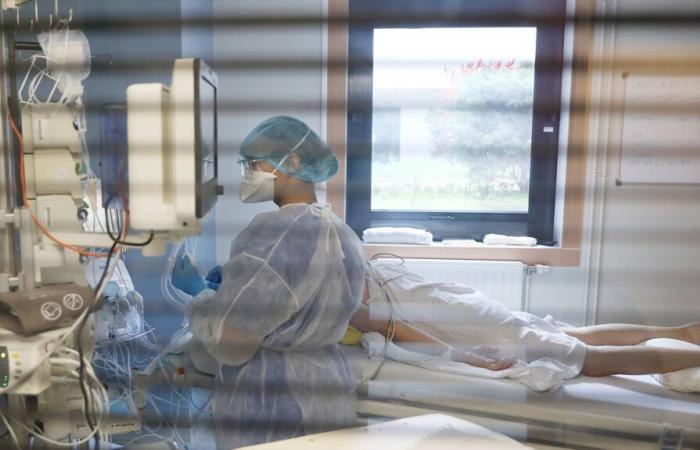It has been eight weeks since five friends, aged 32 to 36, living in Luzillé, Tours and Vendôme, were hospitalized in the intensive care unit of the Tours CHRU, after being contaminated by botulinum toxins. During a birthday party, they had consumed a homemade pot of wild garlic pesto in which traces of botulism were identified by the Pasteur Institute. Professor Pierre-François Dequin, doctor in the intensive care medicine department, discusses the care provided to them.
More than two months in intensive care seems very long…
Professor Pierre-François Dequin: “No one has much experience with botulism. The specific part was settled at the start, with the administration of an anti-toxin. We are now in a state of paralysis which must regress. We know that it takes a long time, and we are not in unknown territory. Regressive paralysis is managed in other circumstances, some of which can last six months, for example with Guillain-Barré syndrome. Of course, for them, it’s a very long time…”
Are the toxins still present in their bodies?
“The anti-toxin speeds up healing. It still eliminates toxins in the blood today. On the other hand, it is those which are already fixed between the nerves and the muscles which pose a problem. They always act and cause paralysis. How long ? It's difficult to predict. We can have signs of muscle recovery, and we inevitably have things that are better. But today these patients, who are not all at the same stage of the disease, still depend on artificial respiration. »
The toxin load must have been high…
“We are undoubtedly dealing with a severe form of botulism…”
A few weeks ago, the prosecutor described their state of health as “worrying”…
“‘Worrying’ does not mean ‘worsening’. But real progress is not yet there. Under ventilation, patients remain very fragile, they are exposed for longer to possible pulmonary or infectious complications. So much can happen…”
“The feeling of a nightmare that has no end”
How do they experience it? Do they communicate?
“The contact is fragile, they cannot speak. As soon as there is this internal confinement, it is very complicated for patients with this type of attack. There are always very difficult ups and downs. »
What will the next months look like?
“The longer the paralysis phase, the longer the recovery phase will be. After spending two months in a bed – and it could be even longer – you almost have to learn to walk again. The muscles tend to atrophy, everything must be re-educated. Patients may feel like a nightmare that has no end. But these are also positive moments because communication is resuming…”
When will they leave intensive care?
“The convalescent phase will first take place in intensive care because they are still fragile. Then they will join a functional rehabilitation center before being treated in a day hospital… This can last several months. »
A new case of botulism has been reported in Isère. However, they were said to be rare…
“It’s the law of series. But yes, today, these cases have indeed become rare. They were very common in the past. There were waves after World War II, before the canning process was standardized. The fashion is returning to artisanal canning: it is very important that these are made in good conditions. »






